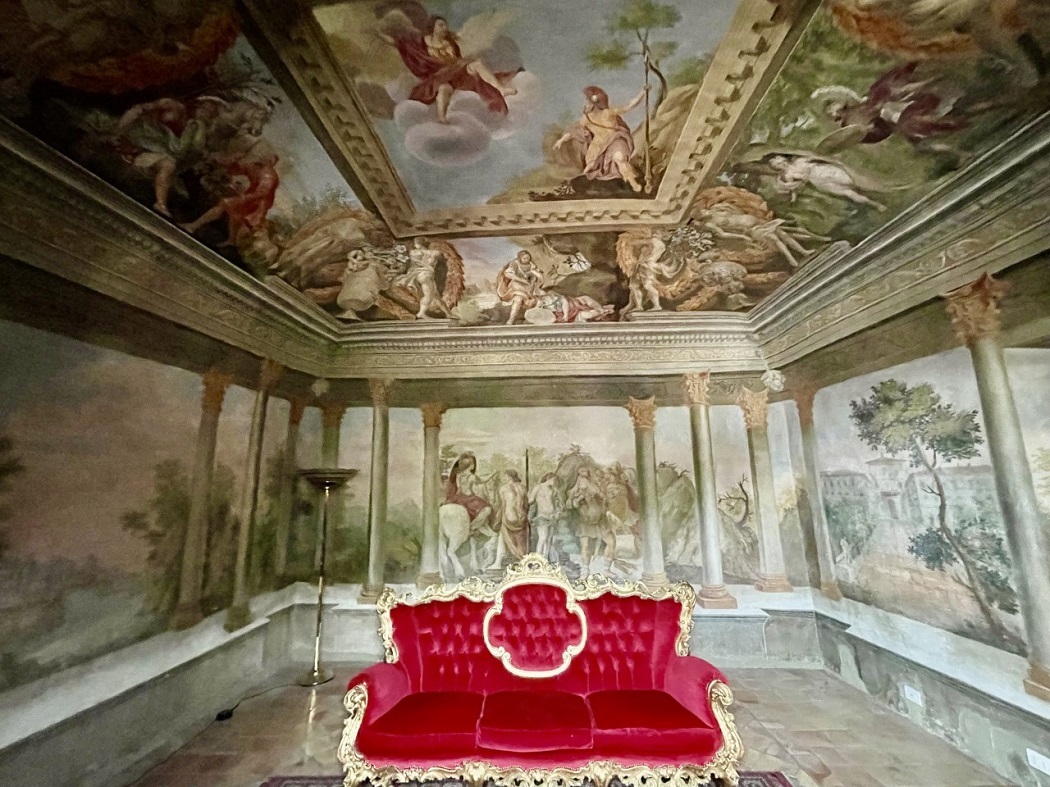The history of Sambuci is closely linked to that of its Theodoli castle, whose construction began with the fall of the Roman Empire and the need of the population to find refuge in fortresses on the top of hills.
The first fortress was part of the defensive system of the Subiaco abbey which controlled the whole Aniene valley by contending it with other monasteries. The castle of Sambuci appears among the properties of the monastery of Saint Scholastica in Subiaco in a plaque dated 1052.
A consolidation into a fortress was carried out by the Antiochia family, descendants of Frederick Redbeard and Frederick II, in the XIII century.
At the end of the sixteenth century, the castle came to the Astalli family and cardinal Camillo Astalli, secretary of Pope Innocent X Pamphili, settled there. This family owes the transformation of the castle into a palace with the addition of a beautiful loggia, the arrangement of the Italian gardens and a new urban layout of the village.
Today the architecture of the facade clearly reveals two bodies from different periods: the four towers with the most austere part of the first body of the fortress and the seventeenth-century body with two elegant floors with a loggia and a garden with Italian flowerbeds.
From the monumental entrance on the courtyard square, the castle has three floors: the first for nobility and the others dedicated to guests and servants.
Inside there are numerous frescoed rooms of considerable interest and beauty and the ceramic floor has been replaced more recently. To admire the room dedicated to Jerusalem Liberated (the book Gerusalemme Liberata by Ludovico Ariosto), by Giovanni Canini (pupil of Domenichino), and the room of the Chariot of the Sun by Mario de' Fiori, which owes its name to his technique rich in floral decorations.
The settlements of the village, on the other hand, begin with the construction of Theodoli road which overlooks one of the entrances to the castle. The road arrives in the main square of the town characterized by two cylindrical towers where you can read a plaque attributed to Cardinal Camillo Astaldi "Nec petas turpia rogatus nec facies" (do not desire unworthy things and do not do them even if you are driven to do them) referring to the female world.
In the 19th century the castle and the feud came to the Piccolomini family and then by marriage to the family of the Marquises Theodoli.
The castle was severely bombed by the allies during the Second World War as the seat of the German command. A local legend says that the Germans were looking for descendants of the Emperor Frederick Redbeard. In 1991, the castle and the park were purchased by the municipality of Sambuci which restored them and destined it in part for hospitality.
The castle has recently been the setting for two international film productions.









Follow us